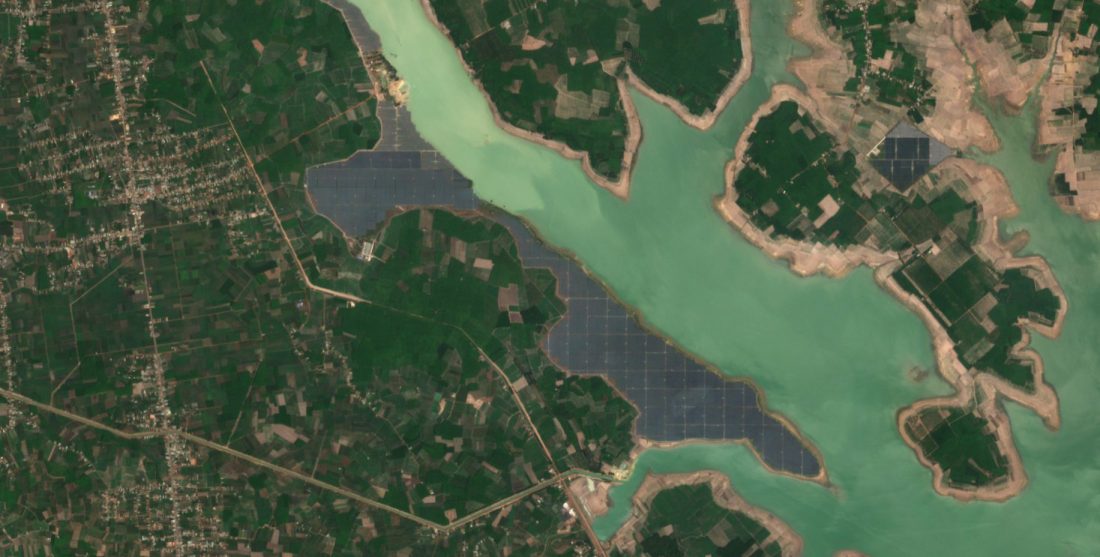At ongoing COP26 in Glasgow, a number of highlights are related to the energy sector.
More than 40 world leaders, representing more than 70% of the world’s economy and every region, have signed up to a new international plan – the Breakthrough Agenda – that aims to make clean technologies the most affordable, accessible and attractive options globally in each of the most polluting sectors by 2030.
A coalition comprising 190 countries and organisations has agreed to both phase out coal power and end support for new coal power plants.
The United Arab Emirates and the International Renewable Energy Agency (IRENA) have launched a platform that will seek to raise more than USD 1 billion in a bid to deploy 1.5 GW of renewable energy and storage in developing countries by 2030.
Such current and future opportunities for renewable energies present challenges where the use of space technologies and data can play a significant role.
The renewable energy theme will be one of those on stage at next year’s Living Planet Symposium, one of the largest events worldwide dedicated to Earth observation.
You are invited to submit an abstract (deadline 26 November 2021) to gain the opportunity to be a speaker in the dedicated session at the symposium.
You may want to present scientific advances and application examples relative to the added value of EO in particular for the marine, wind and solar energy sectors, especially in light of recent or upcoming relevant satellite missions.
Find here below the summary description of the dedicated scientific session to address:
The Living Planet Symposia bring together scientists and researchers from all over the world to present and discuss the latest findings on Earth science and advances in Earth observation technologies. Moreover, these extraordinary events also offer unique forums for decision-makers to be better equipped with information, for partnerships to be forged and formalised, for space industries to join the conversation, for students to learn, and for all to explore the concepts of New Space such as the digital transformation and commercialisation.
Featured image : Dau Tieng solar power project, Vietnam. Contains modified Copernicus Sentinel data (2021), processed by ESA, CC BY-SA 3.0 IGO

